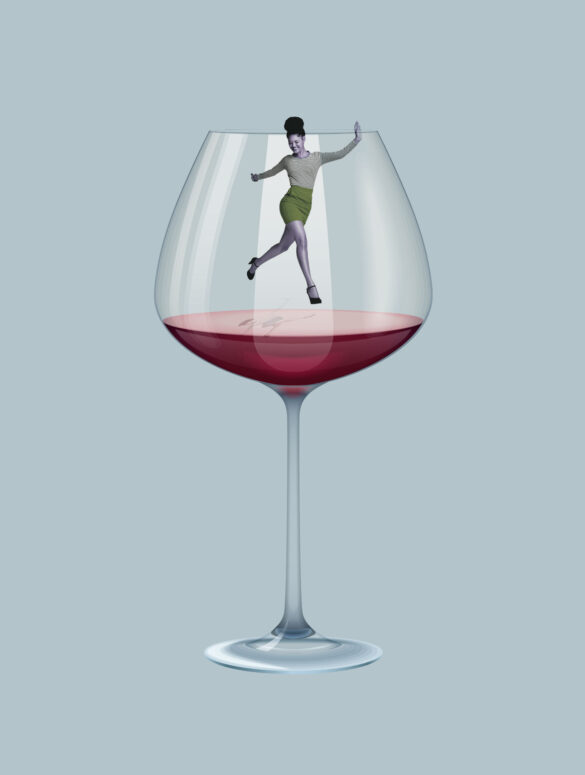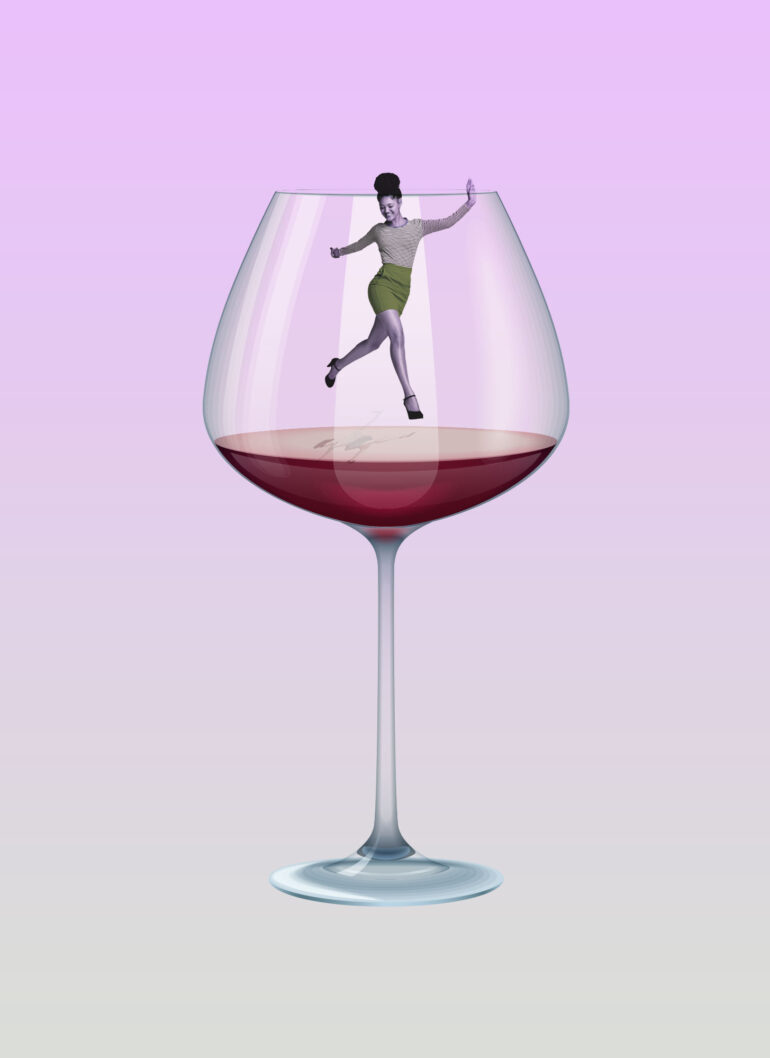Wine legs, also known as wine tears, are the streaks or droplets that form on the inside surface of a wine glass after swirling the wine. They are often observed as clear, viscous streams that flow down the sides of the glass. The phenomenon of wine legs is related to the surface tension and the alcohol content of the wine.
The formation of wine legs can be influenced by several factors, including the alcohol content, viscosity, and the presence of glycerol in the wine. When the wine is swirled in the glass, it coats the sides of the glass and forms a thin film. The alcohol and glycerol in the wine evaporate from this film at a faster rate than the water content, leading to a difference in surface tension between the liquid and the evaporating wine components.
As a result, the higher surface tension of the water causes the wine to form droplets or streaks that flow down the sides of the glass. The rate at which the wine legs flow and their thickness can provide some indication of the wine’s alcohol content and viscosity.
However, it’s important to note that wine legs are not necessarily an indicator of wine quality or taste; they are simply a visual observation related to the wine’s physical properties.
It’s worth mentioning that wine legs are more pronounced in wines with higher alcohol content, as alcohol has a lower surface tension than water. However, the presence or absence of wine legs alone does not provide definitive information about the wine’s quality or characteristics. Wine tasting involves a comprehensive assessment of various factors, including aroma, flavour, acidity, body, and finish, among others.





